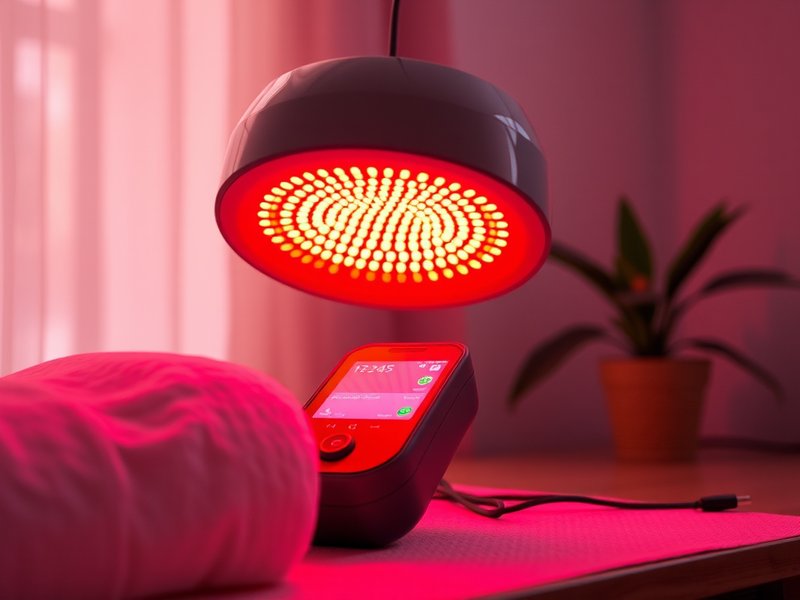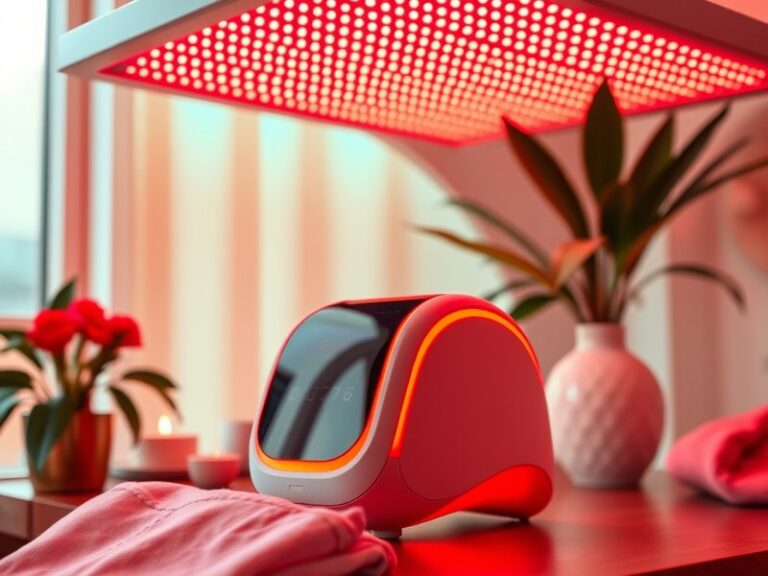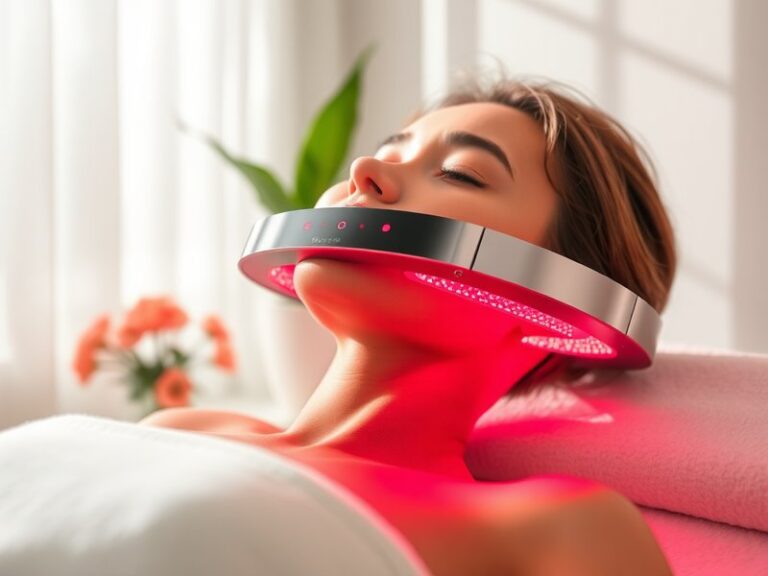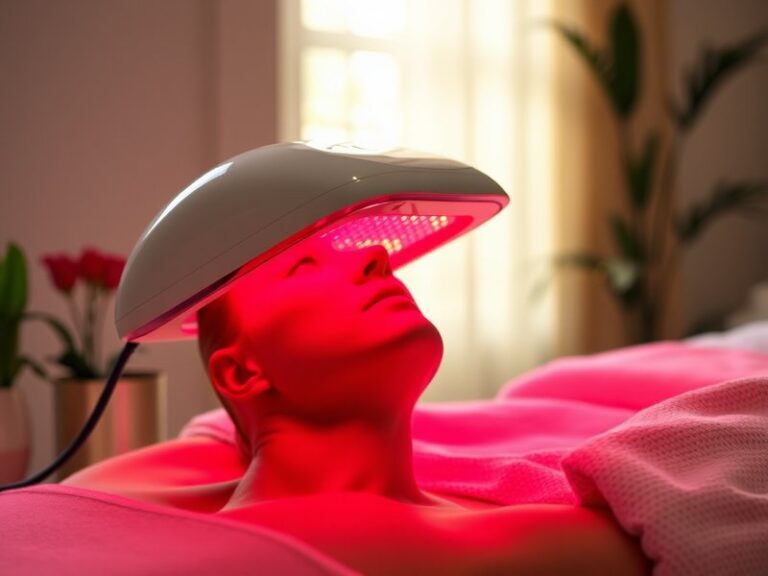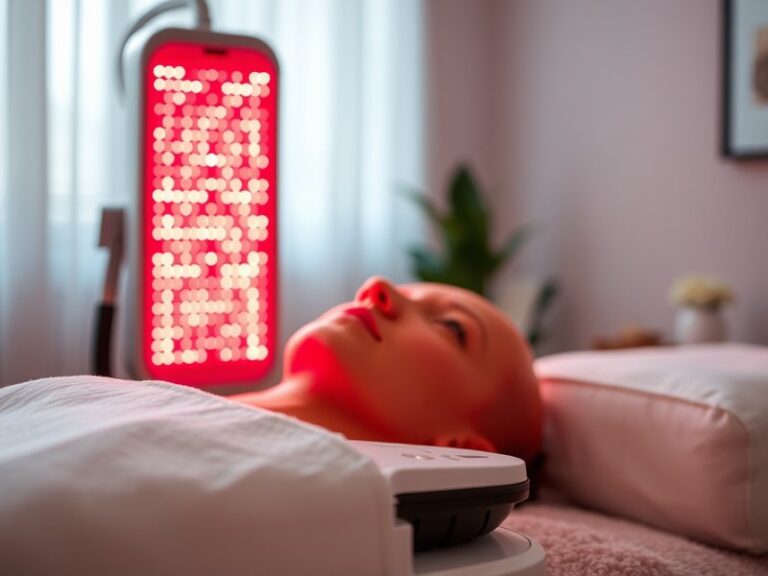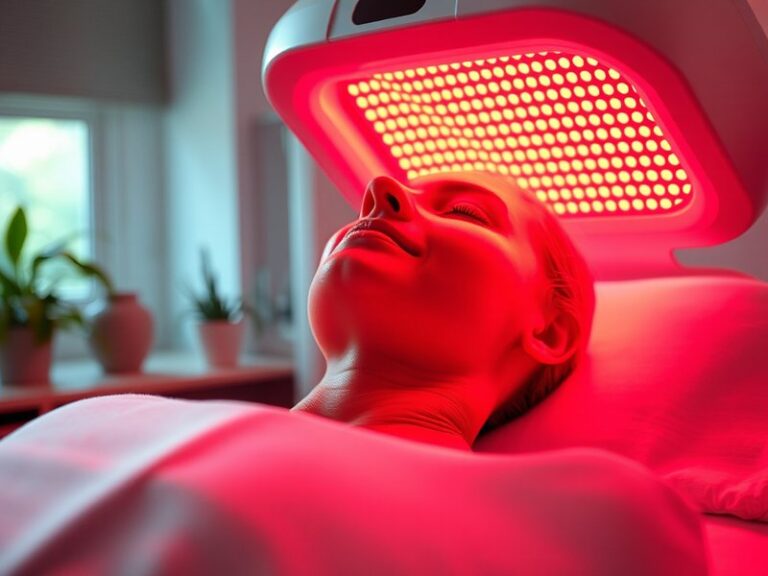What Can You Use Red Light Therapy For?
What Can You Use Red Light Therapy For?
Are you curious about the potential benefits of red light therapy?
See the full article Can I shower after red light therapy?
This article will explore the various uses of red light therapy, a treatment that has gained attention for its numerous applications. From skin rejuvenation to pain relief, discover what red light therapy can do for you and how it might benefit your health and wellness.
Discover the story in Is Red Light UV?
Key Takeaways
- Red light therapy can aid in skin rejuvenation, promoting healing, and reducing inflammation.
- It has shown potential in managing pain and boosting muscle recovery.
- There are alternative treatments available, but red light therapy stands out for its versatile applications and non-invasive nature.
What is Red Light Therapy?
Red light therapy, also known as low-level laser therapy (LLLT) or photobiomodulation, involves the use of specific wavelengths of red and near-infrared light to penetrate the skin and stimulate various cellular functions.
This therapy works by promoting the production of adenosine triphosphate (ATP), which is essential for cellular energy and repair. It operates typically within the 600-1,000 nanometer range, reaching different layers of the skin and underlying tissues.
Red light therapy can be administered through various devices, including handheld units, masks, or full-body panels, making it a flexible option for users.
What are the Benefits of Red Light Therapy?
Red light therapy offers a wealth of benefits that cater to various health and wellness needs. Below are some of the most notable advantages.
Skin Rejuvenation
Red light therapy is widely recognized for its ability to promote skin health. It can improve the appearance of wrinkles, fine lines, and acne scars by stimulating collagen production and enhancing blood circulation. Clinical studies have shown significant improvements in skin texture and elasticity, giving it a rejuvenating effect.
Wound Healing
Research suggests that red light therapy accelerates the healing process for wounds and injuries by increasing cellular regeneration. It enhances the inflammatory response, which is crucial during the recovery phase, making it a valuable option for those with surgical scars or chronic wounds.
Pain Relief and Muscle Recovery
Athletes and active individuals often turn to red light therapy for pain management. It has been shown to reduce muscle soreness and inflammation, thus helping to speed up recovery after workouts. Studies suggest that red light therapy can alleviate joint pain and improve mobility in conditions such as arthritis.
Improved Mood and Sleep
Emerging evidence indicates that red light therapy may help improve sleep quality and reduce symptoms of depression. By influencing melatonin production and regulating circadian rhythms, exposure to red light in the evening can promote relaxation and better sleep cycles.
Hair Growth Stimulation
For those experiencing hair thinning or loss, red light therapy has been shown to stimulate hair follicles and promote growth. Clinical studies indicate improvements in hair density and thickness after consistent use of red light devices targeted at the scalp.
Is it Possible to Use Red Light Therapy at Home?
Yes, many individuals find it feasible to perform red light therapy at home using consumer-grade devices.
Devices are available in various forms, including handheld tools and full-body panels, allowing users to conveniently incorporate therapy into their daily routines.
What are the Advantages of Using Red Light Therapy at Home?
Convenience is a key advantage, as users can easily integrate therapy into their schedules.
Accessibility is another factor; home devices tend to be more cost-effective than frequent professional treatments.
Additionally, using red light therapy at home gives users full control over their treatment regimen, allowing them to tailor sessions according to their needs.
What are the Disadvantages of Using Red Light Therapy at Home?
While there are many benefits, there are disadvantages to consider.
The effectiveness of home devices may vary, and some lower-quality products might not provide the wavelengths necessary for optimal results.
Furthermore, users may lack the guidance provided by professionals regarding treatment protocols and duration, potentially leading to ineffective or unsafe practices.
What are the Things to Consider Before Using Red Light Therapy?
Before starting red light therapy, there are essential factors to consider to ensure its effectiveness and safety.
Skin Sensitivity
If you have sensitive skin or existing skin conditions, it is advisable to consult a healthcare professional before using red light therapy. Individual responses to light can vary, and some people might experience irritation or discomfort.
Type and Quality of Device
Not all red light therapy devices are created equal. It’s important to research and choose devices that deliver the correct wavelengths of light for your intended purpose. Look for products with scientific backing or clinical studies to support their claims.
Frequency of Treatment
Establishing a consistent routine is crucial for reaping the benefits of red light therapy. Consider your lifestyle and availability to determine how often you can commit to treatment. Many guidelines suggest sessions between 3 to 5 times a week for optimal results.
What are the Alternatives to Red Light Therapy?
If red light therapy isn’t suitable for you or you’re looking for additional options, consider these alternatives.
Cold Laser Therapy
Similar to red light therapy, cold laser therapy uses low-level lasers to stimulate cell function and healing. It’s often used for pain management and wound healing, making it a comparable alternative.
Microdermabrasion and Chemical Peels
For those focused on skin rejuvenation, microdermabrasion and chemical peels offer effective exfoliation techniques to improve skin texture and reduce signs of aging, although they differ in their methods and recovery times.
Acupuncture
Acupuncture is a holistic approach that involves inserting needles into specific points in the body. Many find it beneficial for pain relief and overall wellness, providing a different method of addressing health concerns.
Conclusion: Is it Recommended to Use Red Light Therapy?
In summary, red light therapy offers a range of potential benefits for various health and wellness needs. Its ability to enhance skin appearance, speed up wound healing, relieve pain, and even stimulate hair growth makes it a versatile treatment option. However, it is essential to consider individual circumstances and consult with a healthcare provider, especially if you’re using it for specific health concerns.
Frequently Asked Questions
Is red light therapy safe?
Yes, red light therapy is generally considered safe with minimal side effects. However, as with any therapy, it’s advisable to consult with a healthcare professional before starting treatment, especially if you have underlying health conditions.
How long does it take to see results from red light therapy?
Results can vary based on the individual and the condition being treated. Many people start to notice improvements within a few weeks of consistent use, with optimal results often seen after a month or more.
Can I use red light therapy on my face?
Absolutely, red light therapy is often used on the face to improve skin tone, reduce wrinkles, and promote collagen production. However, be sure to choose a device that is safe and appropriate for facial use.
How often should I use red light therapy?
For most applications, using red light therapy about 3 to 5 times per week is common. The specific frequency can depend on individual goals and device instructions, so always refer to your device’s guidelines.
Are there any side effects of red light therapy?
Red light therapy has minimal side effects, but some individuals might experience mild irritation or redness at the treatment site. It’s always best to start with shorter sessions to assess your skin’s reaction.
